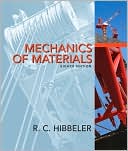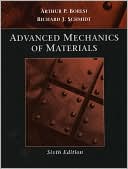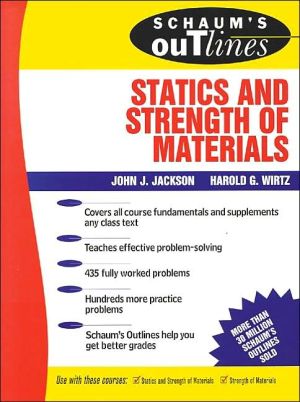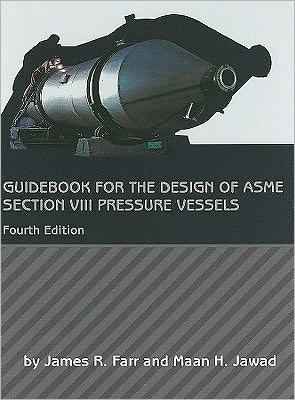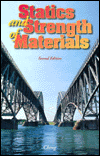The Linearized Theory of Elasticity
The linearized theory of elasticity has long played an important role in engineering analysis. From the cast-iron and steel truss bridges of the eighteenth century to the international Space station, engineers have used the linearized theory of elasticity to help guide them in making design decisions effecting the strength, stiffness, weight, and cost of structures and components.\ The Linearized Theory of Elasticity is a modern treatment of the linearized theory of elasticity, presented as a...
Search in google:
The linearized theory of elasticity has long played an important role in engineering analysis. From the cast-iron and steel truss bridges of the eighteenth century to the international Space station, engineers have used the linearized theory of elasticity to help guide them in making design decisions effecting the strength, stiffness, weight, and cost of structures and components.The Linearized Theory of Elasticity is a modern treatment of the linearized theory of elasticity, presented as a specialization of the general theory of continuum mechanics. It includes a comprehensive introduction to tensor analysis, a rigorous development of the governing field equations with an emphasis on recognizing the assumptions and approximations inherent in the linearized theory, specification of boundary conditions, and a survey of solution methods for important classes of problems. It covers two- and three-dimensional problems, torsion of noncircular cylinders, variational methods, and complex variable methods.The mathematical framework behind the theory is developed in detail, with the assumptions behind the eventual linearization made clear, so that the reader will be adequately prepared for further studies in continuum mechanics, nonlinear elasticity, inelasticity, fracture mechanics, and/or finite elements. Prior to linearization, configurations and general (finite deformation) measures of strain and stress are discussed. A modern treatment of the theory of tensors and tensor calculus is used. General curvilinear coordinates are described in an appendix.An extensive treatment of important solutions and solution methods, including the use of potentials, variational methods, and complex variable methods, follows the development of the linearized theory. Special topics include antiplane strain, plane strain/stress, torsion of noncircular cylinders, and energy minimization principles. Solutions for dislocations, inclusions, and crack-tip stress fields are discussed. Development of the skills and physical insight necessary for solving problems is emphasized. In presenting solutions to problems, attention is focused on the line of reasoning behind the solution. Topics and Features:* Can be used without prerequisite course in continuum mechanics* Includes over one hundred problems* Maintains a clear connection between linearized elasticity and the general theory of continuum mechanics* Introduces theory in the broader context of continuum mechanics prior to linearization, providing a strong foundation for further studies* Promotes the development of the skills and physical intuition necessary for deriving analytic solutions* Provides readers with tools necessary to solve original problems through extensive coverage of solution methodsThe book is ideal for a broad audience including graduate students, professionals, and researchers in the field of solid mechanics. This new text/reference is an excellent resource designed to introduce students in mechanical or civil engineering to the linearized theory of elasticity.
PrefaceList of FiguresList of Tables1Review of Mechanics of Materials12Mathematical Preliminaries233Kinematics974Forces and Stress1575Constitutive Equations1936Linearized Elasticity Problems2217Two-Dimensional Problems2558Torsion of Noncircular Cylinders3059Three-Dimensional Problems33110Variational Methods38711Complex Variable Methods431AppGeneral Curvilinear Coordinates513References533Index537

